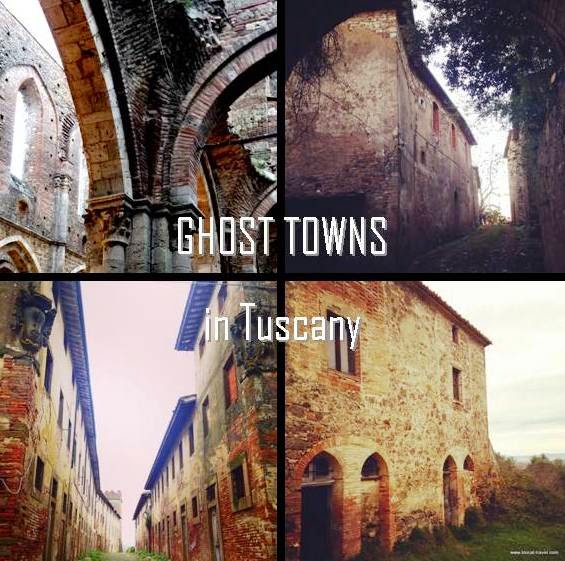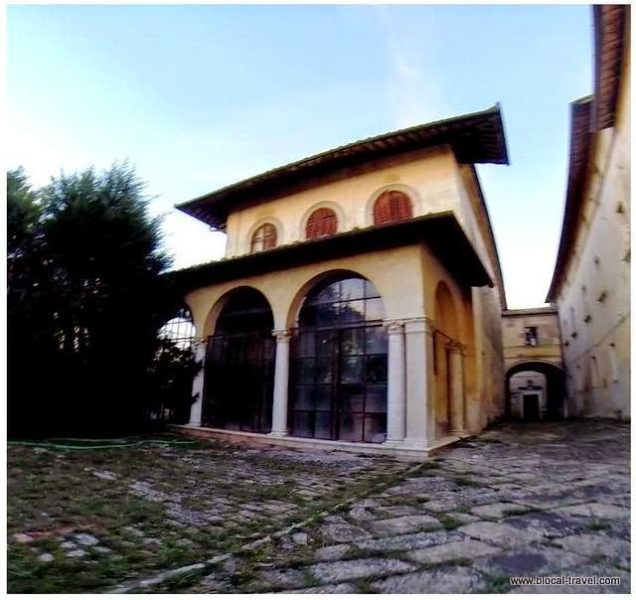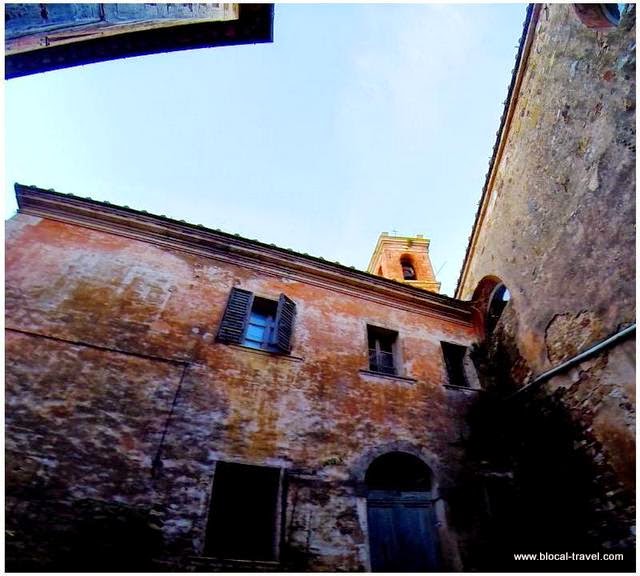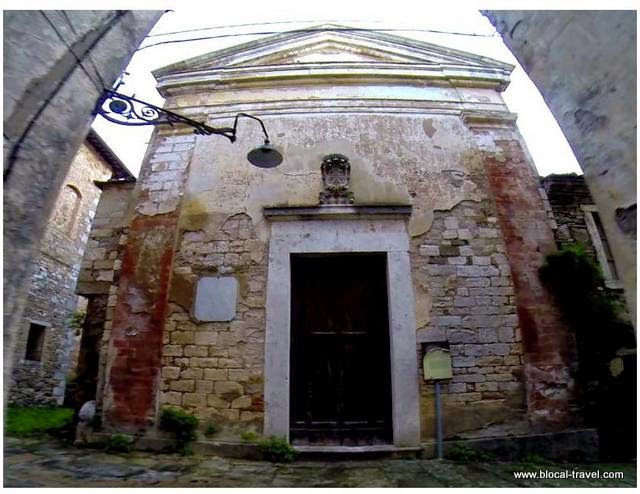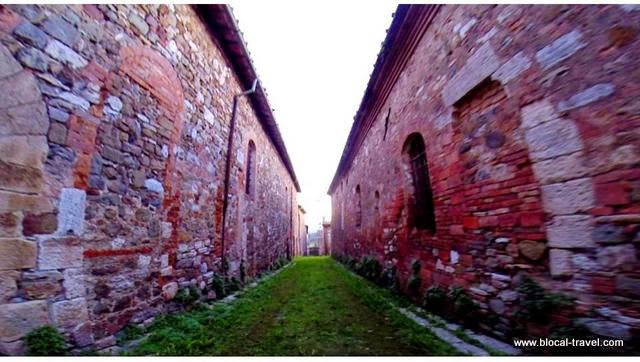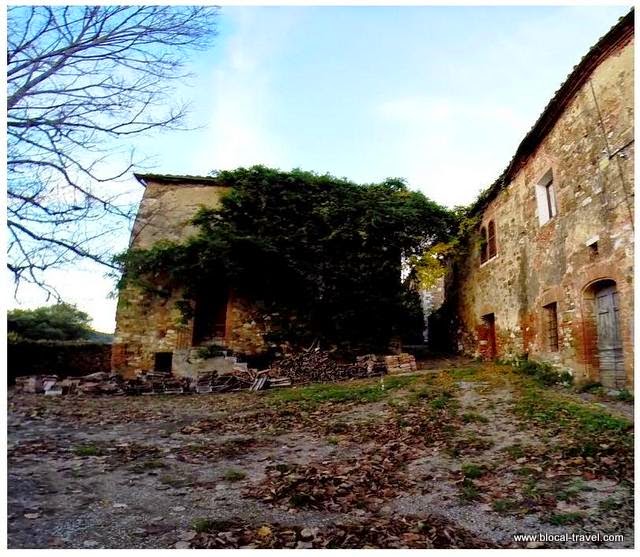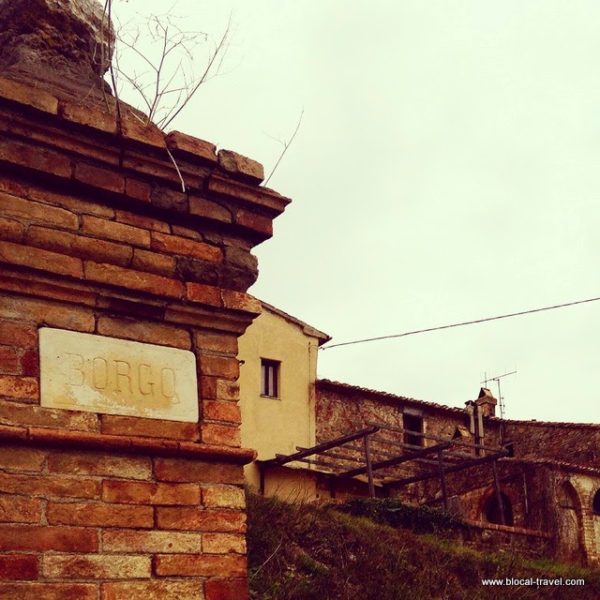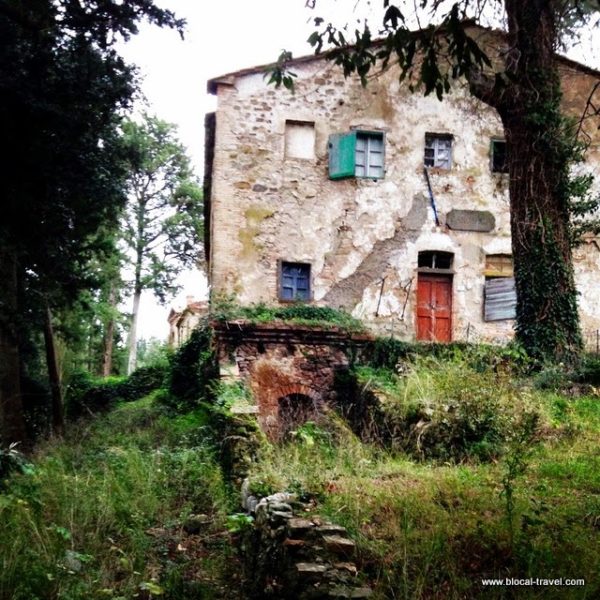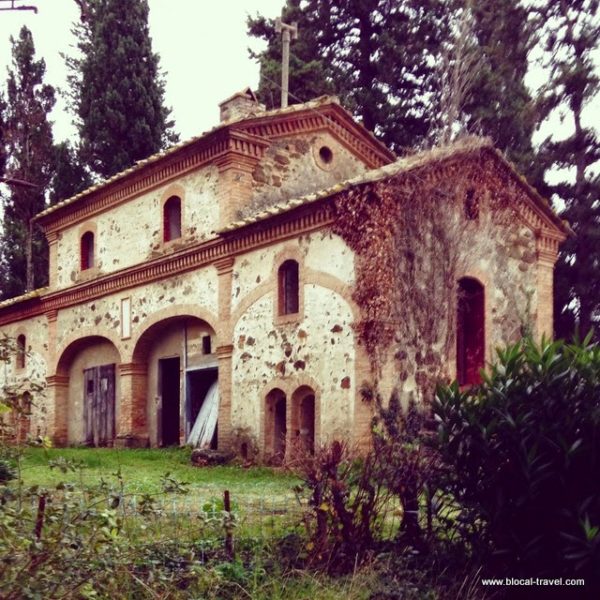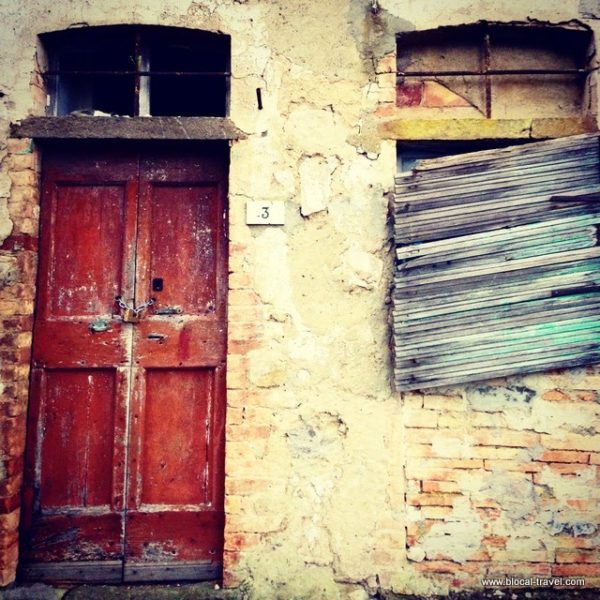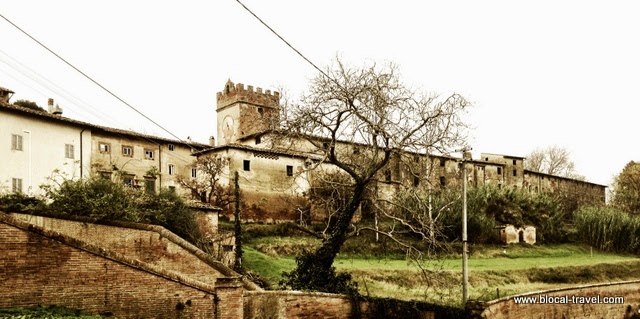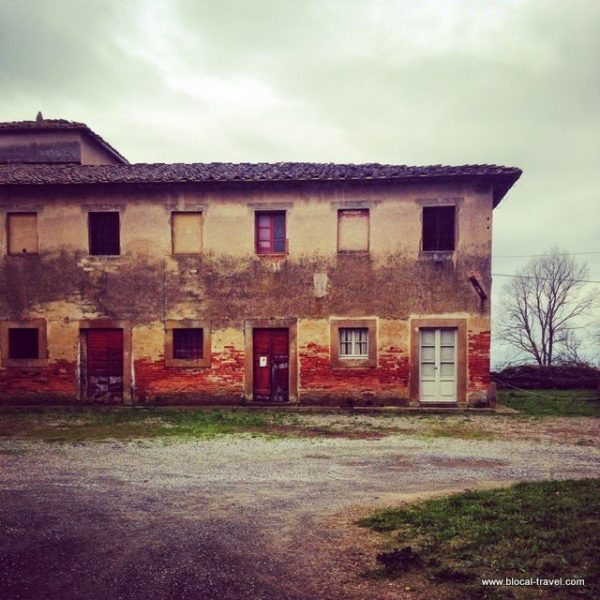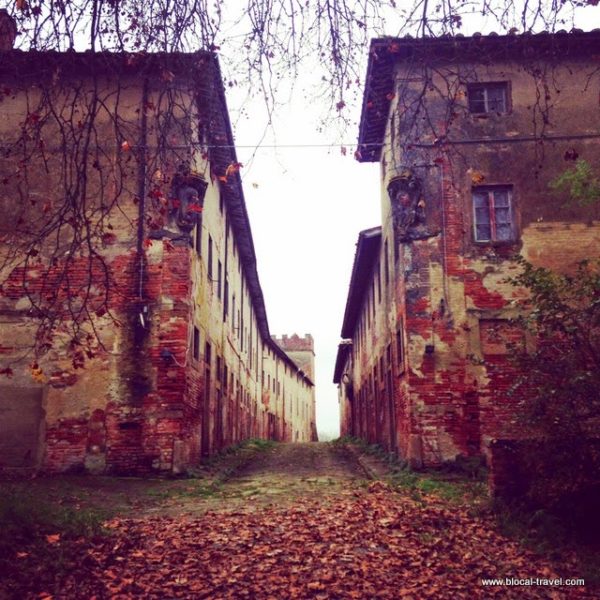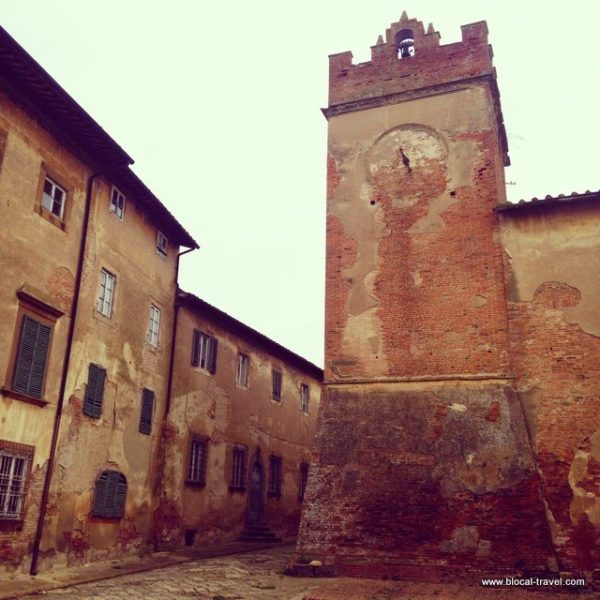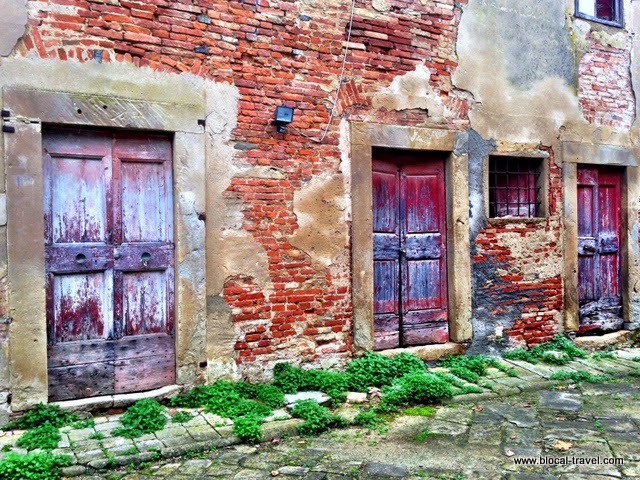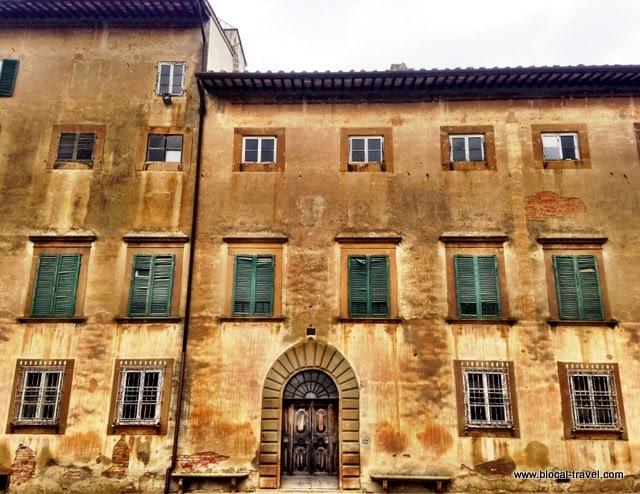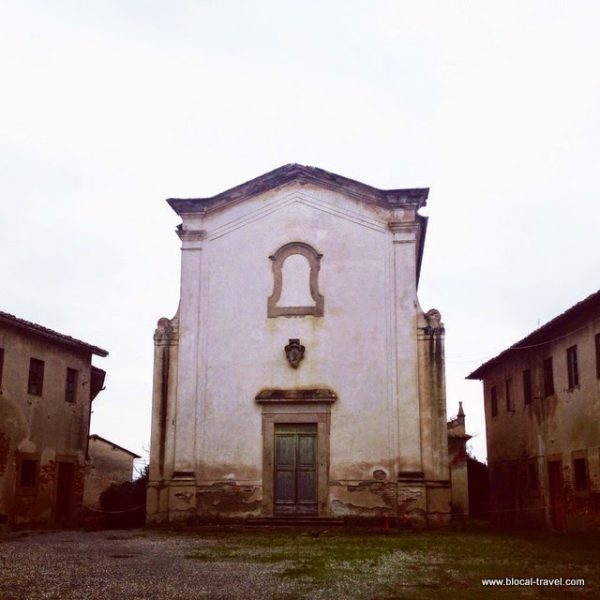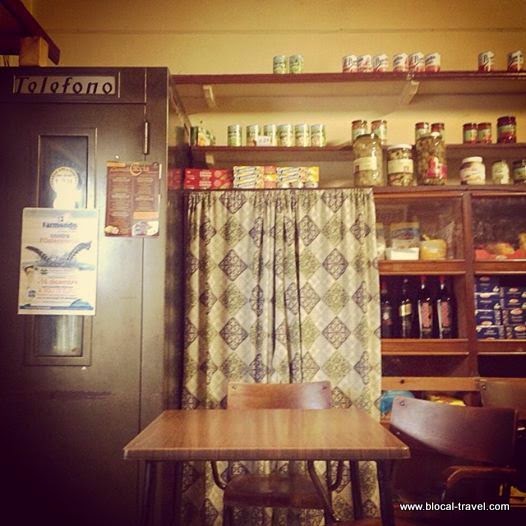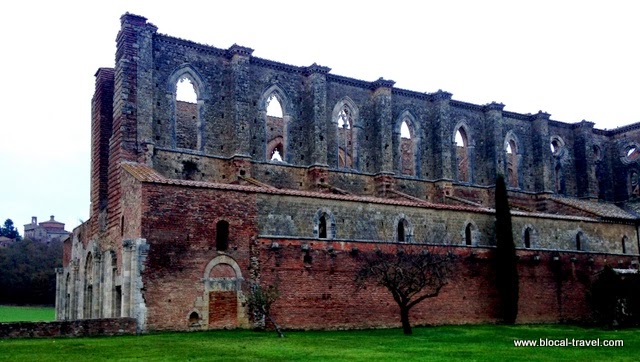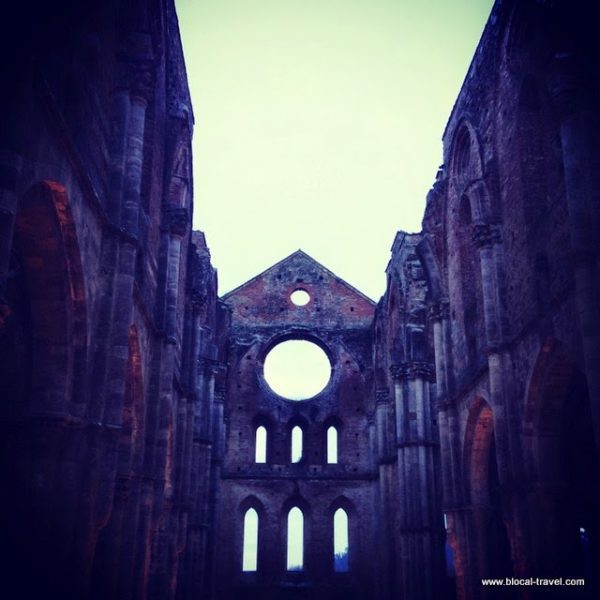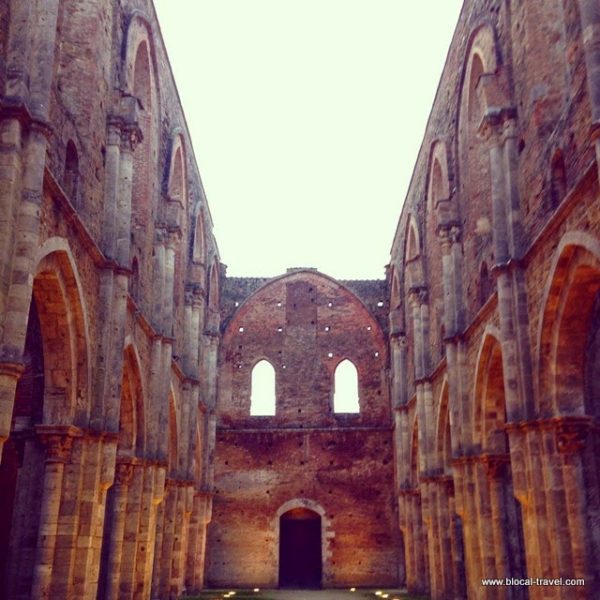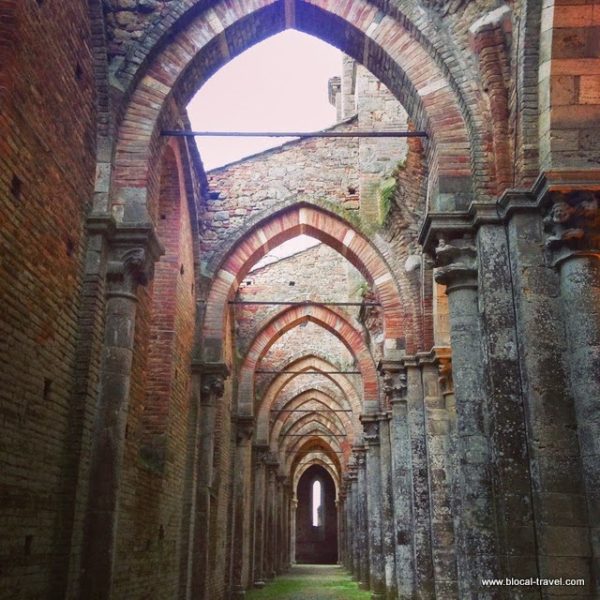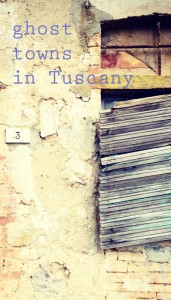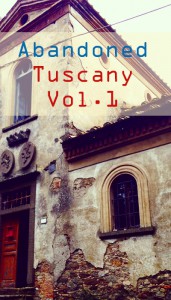25.5K
There are so many abandoned places in Tuscany that I would have never managed to visit all of them in one week, and so I picked the three which were most likely along my itinerary (Volterra – Siena – Pisa) and consider it one more reason to come back soon.
And so this time I visited the ghost towns of Poggio Santa Cecilia (SI), Buriano (PI) and Villa Saletta (PI), all three charmingly suspended within another dimension, but obviously I’ve already made a bucket list with more abandoned places in Tuscany waiting to be explored.
Ghost towns in Tuscany: The abandoned village of POGGIO SANTA CECILIA
By chance, I was so lucky to be on the road with someone who used to come to Poggio Santa Cecilia very often during the hamlet’s glorious past. He still refers to this medieval village as his “buen retiro”, a secluded and quiet place where he used to come to rest and visit his great friend at the local inn (which –he specifies- has been the last place of the village to shut down).
Poggio Santa Cecilia is a hilltop village (that’s what “poggio” means in Italian, by the way) visible from the highway Bertolle-Siena; it was abandoned during the 1990s when its inhabitants progressively moved to bigger villages looking for a job and also to avoid the big drainage issue affecting Poggio Santa Cecilia.
Well-known names are linked to Poggio Santa Cecilia: the national poet Dante Alighieri, the patriot and “father of the fatherland” Giuseppe Garibaldi and even Michael Jackson, who almost bought the whole village in 2003.
The first thing you will notice venturing within the village is that it doesn’t look so abandoned after all: the beautiful red-brick houses are intact, you won’t see ruins, it seems like all the inhabitants are just on holiday. Then, little by little, you will start spotting some details of its decaying, noticing vast areas grown over with thorn bushes (such as the second main entrance of the village near the big panoramic terrace overlooking the valley) and streets covered with grass.
Once again, it made me put my human life under perspective: Mother Nature was there before the human settlement, and Mother Nature will be there after the decay of the village;. It’s the acknowledgment that our building, our roads and human constructions, in general, are all relative and fleeting which makes ghost towns so appealing to me.
Accessibility: the entrance gate is closed, CCTV in operation. Keep calm and get creative.
Ghost towns in Tuscany: The abandoned village of BURIANO
After the visit of the abandoned copper mine of Montecatini Valdicecina I went exploring the nearby ghost town of Buriano, which was abandoned twice: once during the Italian economic miracle –when its population, made of farmers, moved to towns to find a job within the uprising industrial sector- and then again during the 1990s, after a failed attempt to revitalize Buriano through the development of tourism offer.
Buriano is located on a very panoramic hill overlooking a beautiful valley of olive trees and gentle landscape (we are in Tuscany, after all!).
It is made up of several colonial houses where the farmers used to live, a big mansion (once the seat of the agricultural holding), a church and a small cemetery.
Again, I’ve been so lucky to visit Buriano with someone who is still going there daily after so many years of decay: Chiara, an extremely kind lady from Montecatini Council, happens to be dog-sitting for an English couple staying at the main mansion while waiting for the buying process to be completed. Chiara assured me that they really care about the place and are genuinely interested in preserving its historical traits: to do so, they have researched on Buriano since a long time. It would have been cool to meet them!
Accessibility: there is an open road leading to the entrance of the village, which is open as well.
Ghost towns in Tuscany: The abandoned village of VILLA SALETTA
On our way to Pisa, we stopped in one more abandoned village called Villa Saletta, located in the neighbourhood of Palaia.
Villa Saletta is a medieval hamlet abandoned at the end of the 1990s, which was also used as a shelter by Nazi troops during WW2. Its agricultural past developed on 600 hectares of land cultivated by sharecroppers living in the 25 colonial farmhouses composing the village. But, despite the fact that sharecropping originated in this area of Italy, that economic system eventually came to an end and sharecroppers moved to nearby factories (such as Piaggio, a well-known Italian motor company) to work for a more monetary profit.
Since the moment when we entered the village from a long road covered with autumn leaves the decadent atmosphere was pretty evident. We passed by a series of firmly closed doors, mirrored by firmly closed windows, we spotted the big wood oven where locals used to bake the bread all together once a week and other charming details of decay, such as fake windows -now partially bleached out- and the clock tower with a fading clock.
At the end of the main road we found the paternal house with a beautiful arched terrace overlooking the valley. Nearby, on two different small squares, there are two churches: the Chiesa Parrochiale di SS. Pietro e Michele, which was used by the noble family, and the baroque Oratorio Madonna della Rocca, which was used by local farmers.
The architectural plan of the village is very rational, and its geometrical patterns remind the concept of “ideal city”: the charm of Villa Saletta is in its tidy decay.
After the exploration of the ghost town of Villa Saletta, we went for a coffee in a nearby cafeteria, which honestly is worth a visit by itself. “Dar Giannini” is a long tradition family business where time had stopped one century ago. Here we found an old telephone box, vintage pictures of Villa Saletta at its glorious times and an old coffee machine, while at the bar there were bottles of Cynar (an Italian liqueur made from artichoke among other plants that no one aged under 60 dares to drink anymore) and big glass vases full of candies of unlikely tastes such as rhubarb (which otherwise were mainstream when my grandfather was a kid).
Here the vintage atmosphere is 100% authentic, unlike all those hipster coffee shops mushrooming all over the globe! Moreover, Aldo, the owner, is a piece of history and I’m glad I had the chance to ask him all sorts of questions about Villa Saletta ghost town and the history of the area.
Accessibility: there is an open road leading to the entrance of the village, which is open as well.
BONUS TRACK: THE ABANDONED ABBEY OF SAN GALGANO
On our way back from Arcidosso we stopped to admire another abandoned piece of Tuscany, which actually isn’t “abandoned” anymore because it became a cultural site, even if not a popular one. The former Gothic Abbey of San Galgano (the first Gothic church built in Tuscany) lost its roof, floor and windows: only its surrounding walls are left.
Built during the 13th century, San Galgano Abbey was an important economic centre of the area as its monks –who behaved as entrepreneurs- acquired the most important economic structures and valuable lands in the area, but first the famine (1329) then the plague (1348) hit the community badly. Afterwards, the Abbey lands were devastated by mercenary bands and at the end of the 15th century the monks moved to Siena.
Moreover, next to the Abbey of San Galgano, in the small Hermitage of Montesiepi, there is a sword in the stone plunged into the rock by San Galgano himself on the day of his conversion in 1180.
We didn’t make it to the hermitage, but we entered the abandoned Abbey, and I must admit that, despite the fact that the church was deconsecrated in 1789, you won’t find a more spiritual and meditative atmosphere than the one in a church open to the sky.
Accessibility: opening hours from April to October: 9am – 7pm; from November to March: 9.30am – 5.30pm. Entrance ticket: 2€
As I was saying, the whole region of Tuscany is dotted with charming ghost towns, abandoned factories and more ‘urbex locations’. Stay tuned, as I’m going back to Tuscany soon!
Have you explored some abandoned places in Tuscany? Share your stories in the comment area below!
PEEK THROUGH | You find these ghost towns in my video “6 days in Tuscany…in 60 seconds”
Check out my ‘Abandoned Italy‘ series!
You can hover over these (or any image) to quickly pin it!
